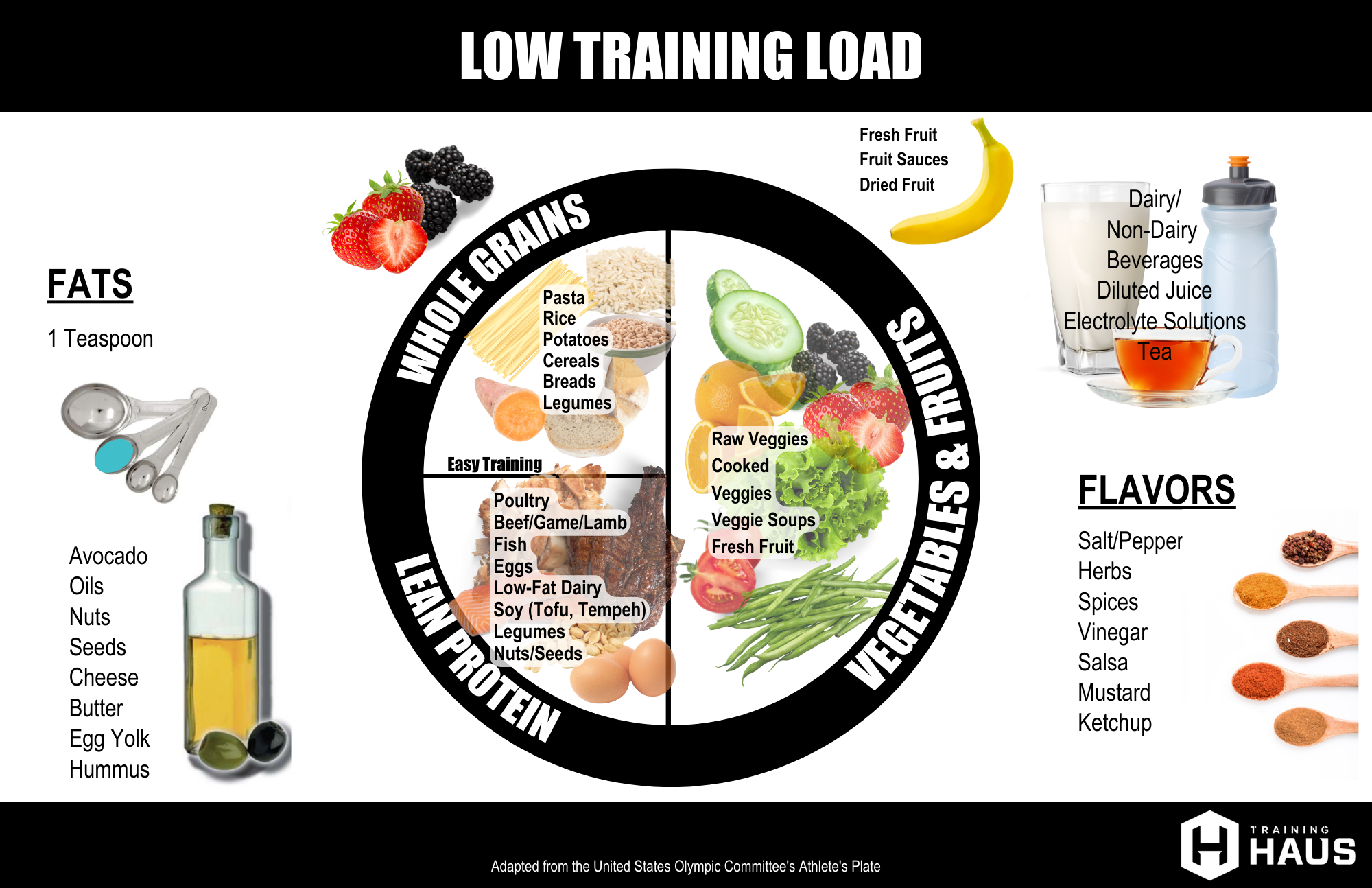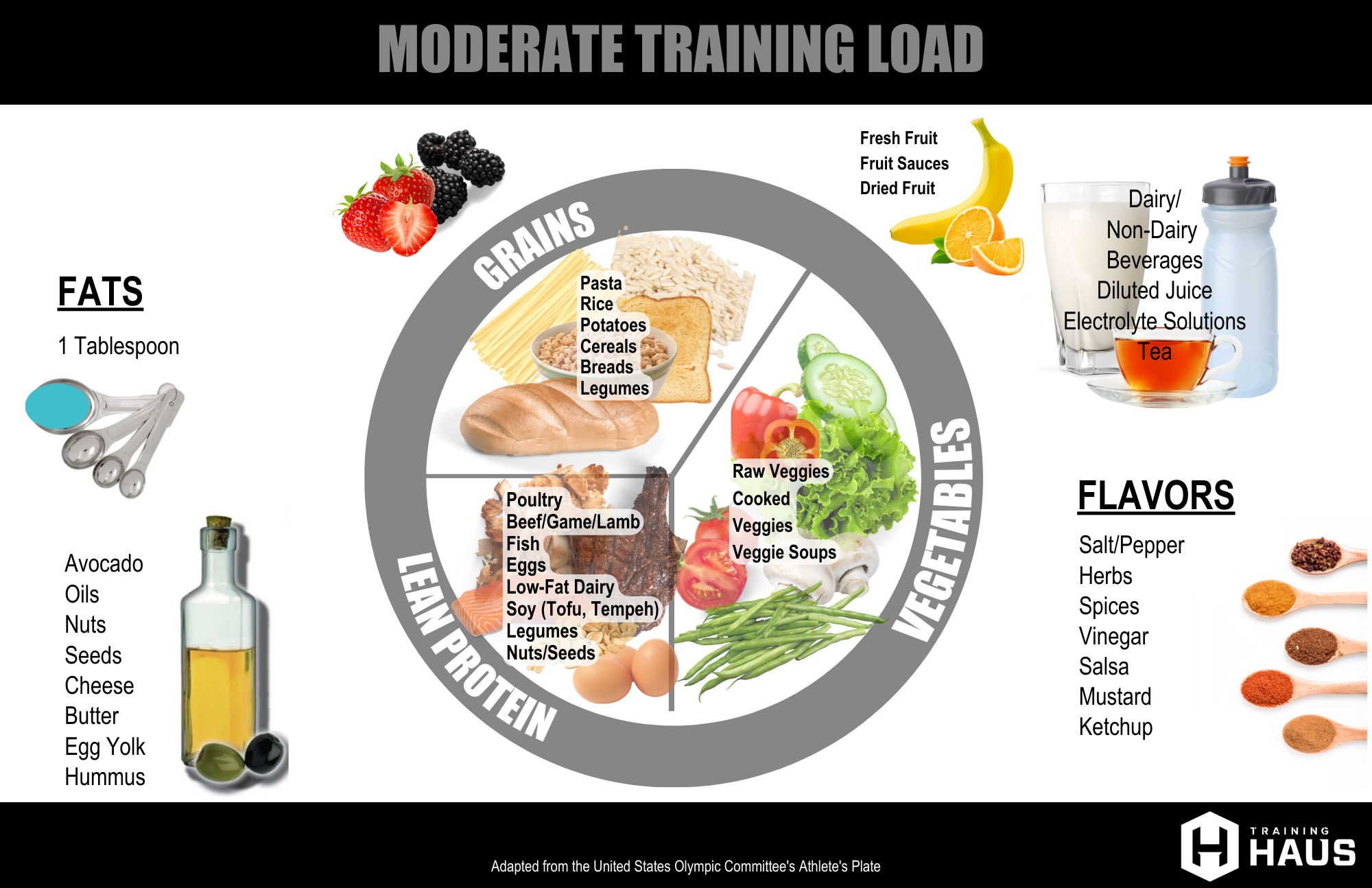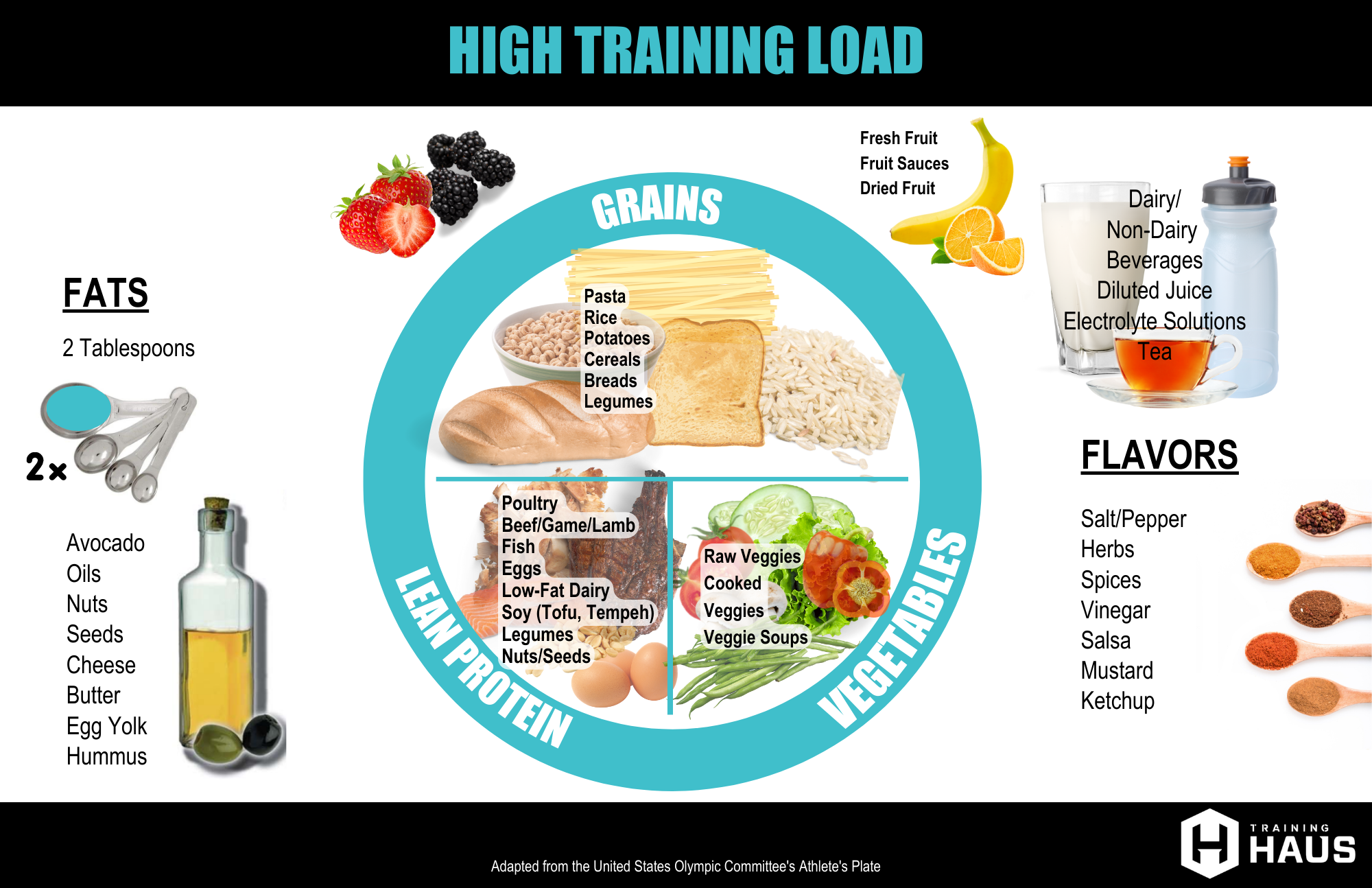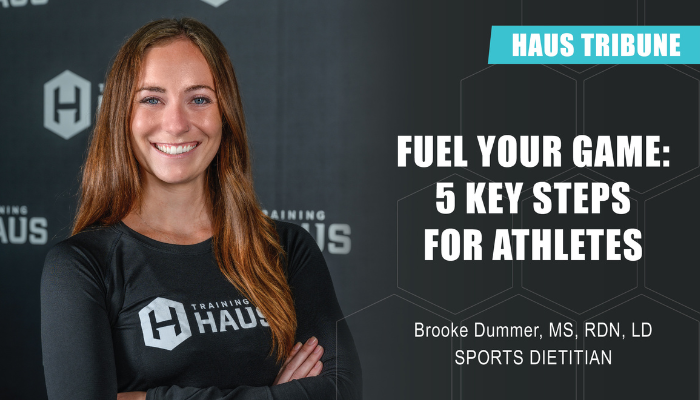
From recipe bloggers to well-intended advice from family and friends, there are a lot of opinions about food. However, one truth that can’t be ignored is that athletes need to fuel properly to maximize their performance.
When there is an imbalance between energy intake and energy expenditure, athletes risk recurrent injuries (soft tissue or bone), fatigue, mood swings, difficulty sleeping, impaired immune system, and performance plateaus or dips. This is referred to as Relative Energy Deficiency in Sports (RED-S), and simply put, RED-S occurs when athletes aren’t eating enough to keep up with their training load for an extended period of time.
Fueling doesn’t need to be complicated. Here are five ways to stay on top of your energy balance and keep improving your performance!
1. Map out your meal and snack times for the day.
We get it, food isn’t always the first thing on your mind as you’re getting ready for practice. Sometimes we need reminders to fuel up to reach a higher energy intake goal. Try writing out your day in a planner or setting alarms on your phone to avoid missing meals and snacks. Make it a goal to fuel up every 3-4 hours with a meal or snack throughout the day.
2. Supplement your meals with snacks.
It’s difficult to pack all of your energy needs into three meals, so snacks are needed for proper fueling. Aim to include a carb and a protein in each snack. The carbs will give you energy while the protein helps your body build muscle and recover. For sweets lovers, try combos like peanut butter and pretzels or yogurt and granola. If savory is more your thing, cheese and crackers or hummus and pretzels are great go-to’s.
3. Recognize that your energy needs may be different than your teammates.
That’s right, you and your teammates may have different energy requirements, and that’s okay! You have different body compositions, height, weight, genetics, and medications that make your body different from theirs. Don’t let comparison sway how you fuel YOUR body.
4. Use the low, moderate, and high training plates shown below as a visual guide for mealtimes.
The training plates vary based on training intensity. As your training load increases, be mindful to increase energy intake from carbohydrates like pasta, rice, breads, potatoes, legumes, and cereals.
5. Prioritize rest and recovery.
Rest days are equally as important as your training days, so give your body time to fully recover to ensure you are getting the most out of your training. Even on rest days, remember to fuel with three meals and snacks in between.
If you are concerned about RED-S or have questions about your nutrition, meet with one of our Sports Dietitians to empower your fueling strategy and optimize your performance!
